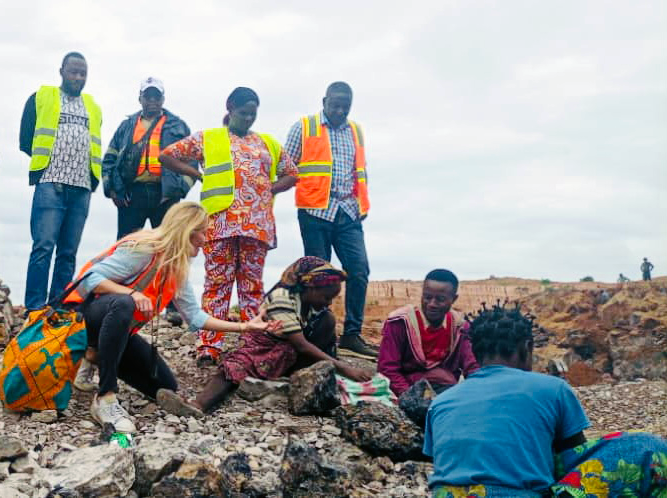Reducing Child Labor in Cocoa Farming

March 1, 2024
In January 2024, Swiss National Radio and Television (SRF) streamed a documentary about child labor in Ghana, the second-largest producer of cocoa globally and the most important for the Swiss chocolate industry. The new documentary discusses the role of the Swiss chocolate company Lindt & Sprüngli as one of the main buyers of cocoa from Ghana. In line with the documentary, field research by the University of Chicago, has found that half of all family farms in Ghana involve children in cocoa cultivation.
In response to earlier media exposés of widespread child labor in West African cocoa production, former U.S. lawmakers Tom Harkin and Eliot Engel put together an international agreement in 2001 aimed at ending the worst forms of child labor and forced labor in the production of cocoa and creating a verification standard within five years. Today it is clear that the implementation of the Harkin-Engel Protocol failed to achieve its ambitious target, despite support from industry and governments around the world. The total number of child laborers active in cocoa production has been growing. Over 1.5 million children work in cocoa in Ghana and Cote d’Ivoire, according to researchers at the University of Chicago.
The Geneva Center for Business and Human Rights just published a white paper mapping the root causes of child labor that governments, chocolate brands, and civil society organizations have tried to address. The paper highlights that while each root cause is critical, they cannot be dealt with in isolation. Instead, the interconnections of different root causes need to be understood and addressed. Root causes include a lack of affordable and accessible social infrastructure, such as education and healthcare; poverty; and the fact that most farmers are unable to earn a living income from cocoa. Factors such as climate change and a shift of cocoa production towards more remote areas amplify the risks of child labor.
Access to education is linked to several drivers of child labor. Schools that are too remote to reach, children who lack a birth certificates need to enroll, parents’ safety concerns—all of these factors can raise the likelihood that children will be sent to the fields rather than classrooms. “Landscape strategies” seek to assure that all relevant factors relating to a root cause are addressed. By focusing on one region, landscape approaches can also address interlinked root causes (e.g., by promoting measures to improve the economic viability of cocoa production), and they are not purely focused on cocoa but can reach across industries (e.g., rubber) to avoid the shifting of child labor from one sector to another.
To implement landscape approaches, all stakeholders need to agree on a joint strategy, raise funds to implement this strategy, and coordinate and monitor their interventions over a long period of time. Such collaboration, in a spirit of shared responsibility, is not easy to establish, but it will be key for finally making progress towards eliminating child labor.
 Global Labor
Global Labor Business & Human Rights Leadership
Business & Human Rights Leadership


